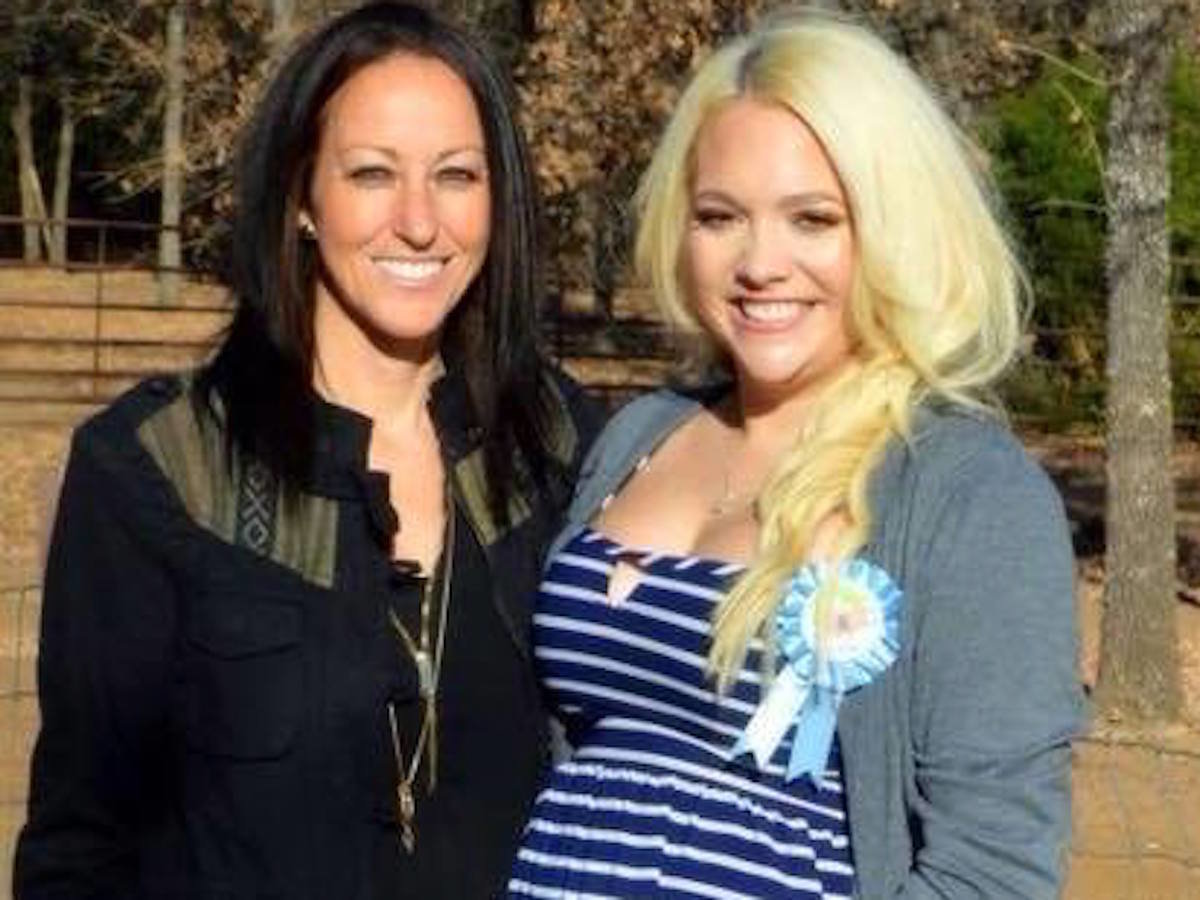
A couple from North Texas named Ashleigh and Bliss Coulter couldn't be more over the moon about their baby boy. His birth is reason to celebrate in and of itself, of course, but the way in which the couple expanded their family is reason to cheer as well. The Coulters are the first same-sex couple to carry the same baby. They did it with the help of a process called reciprocal effortless IVF.
Ashleigh told news outlet WFAA that she "wanted to be pregnant for so long and so bad."
Meanwhile, Bliss says she "always wanted to have a child. I just didn't want to carry the child."
Once the Coulters decided to try for a little one, they began thinking about not just a sperm donor but the process by which they'd conceive and carry their child — ideally jointly. "Obviously, us being two women, we were like how can we make this happen?" Ashleigh said. "We felt like there has to be a way."
That way turned out to be reciprocal effortless IVF, with the help of fertility specialists Dr. Kathy Doody and her husband Dr. Kevin Doody.

"We were just talking one night at home and I said, 'You know, I think we could use this for a same-sex couple,'" Kathy told the news outlet. "And Kevin said, 'I think you're right. I think we could.'"
With traditional IVF, the egg donor is usually the one who receives the embryo. But in this case, the egg and embryo came from Bliss and then were transferred to Ashleigh.
She went on to explain how the reciprocal effortless IVF process — which costs about $8,000 with medication, compared to traditional reciprocal IVF involving lab incubators that cost roughly $15,000 to $20,000 — worked for the Coulters: "Bliss went through the stimulation of her ovaries and the egg harvest," Kathy said. Then, instead of the sperm and eggs being placed into incubators in a lab, they were placed in the chamber of a device called the INVOcell. Then the device was placed in Bliss' body for five days, and the process of early embryo development began.
"She got the embryo off to an early start," Kathy said. "The eggs fertilized in her body and when they returned five days later, we removed the device and froze the embryos. It turns out, not surprisingly, that the woman's own body is a very good incubator."
Then, Ashleigh's uterus was evaluated, she was given estrogen followed by progesterone, and the embryos were transferred to her body.
"Almost like passing the baton, like it's a relay race," Kathy said.
Ashleigh acknowledged that the collaborative aspect of the process was emotionally gratifying. "She got to carry him for five days and was a big part of the fertilization, and then I carried him for nine months," she told WFAA. "So that made it really special for the both of us — that we were both involved. She got to be a part of it, and I got to be a part of it."
Now, the Coulters are proud parents of a healthy, happy 5-month-old boy.
"No one really knew it was possible, but it worked magnificently," Bliss said.
At some point, the pair may try for baby #2, as they have two additional frozen embryos from Bliss that they could use the same way. Or they may use Ashleigh's eggs the next time around, as only Bliss' genes transferred to Stetson.
Either way, the opportunity to share the pregnancy experience in this way is truly a game-changer. As Kathy put it, "I think it opens up new avenues, new choices for same-sex couples." Cheers to that.




